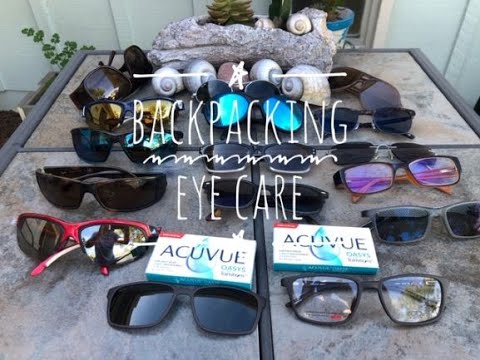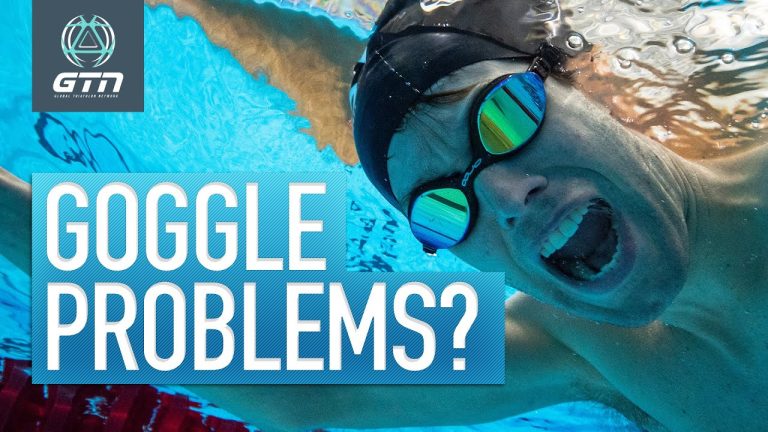The Ultimate Guide to Eye Care for Hikers: Tips, Products, and Expert Advice
Hiking is a great way to explore nature and stay active, but it can take a toll on your eyes. From dryness to UV exposure, the great outdoors can present a range of challenges to your vision health. In this article, we’ll explore some key strategies for taking care of your eyes while hiking, so you can enjoy the beauty of the landscape without compromising your ocular health.
First, it’s important to understand the specific risks that hikers face when it comes to their eyes. One of the key issues is the high levels of UV exposure that can occur at high altitudes, particularly near snow or water. According to the American Optometric Association, the risk of UV damage to the eyes can be up to 10 times higher in the mountains than at sea level. In addition, dry air, wind, and dust can all contribute to eye irritation and discomfort. Finally, there’s the issue of potential eye injuries from branches, rocks, or other objects on the trail.
Know Your Gear
One of the most important steps in protecting your eyes while hiking is to make sure you have the right gear. This includes sunglasses with 100% UV protection, as well as goggles or glasses with shatterproof lenses for more rugged terrain. In addition, you may want to consider wearing a hat with a brim or visor to further reduce the amount of direct sunlight that reaches your eyes. It’s also wise to carry a spare pair of contacts or glasses in case of damage or loss on the trail.
Stay Hydrated
Many hikers experience dry eyes or irritation due to the low humidity and windy conditions often encountered on the trail. To combat this, make sure you’re staying properly hydrated throughout your hike. This means drinking plenty of water, and possibly using eye drops to refresh your eyes as needed. In addition, consider taking frequent breaks, particularly if you wear contacts, to give your eyes a break from the dry air and avoid discomfort.
Be Alert and Prepared
Finally, it’s important to stay alert and prepared for any potential risks to your eye health while hiking. This may mean avoiding trails with dense foliage that could pose a risk of eye injury, or wearing protective glasses or goggles in areas with high winds or dry conditions. In addition, make sure you’re carrying a basic first aid kit that includes supplies for eye injuries, such as saline solution and eye patches. By taking these steps, you can minimize your risks and enjoy the beauty of the great outdoors without compromising your vision health.
In summary, here are some key strategies for eye care while hiking:
- Wear sunglasses with 100% UV protection and shatterproof lenses or goggles
- Stay hydrated and take breaks as needed to avoid dry-eye discomfort
- Avoid risky trails or wear protective gear in hazardous conditions
- Carry basic first aid supplies for potential eye injuries
Contents
Most wanted in Hoya Vision:
What brand lenses does Costco use?
Do tinted glasses help with migraines?
What are prism eyeglass lenses?
What does +0.25 mean on an eye test?
Hoya Identification Chart
Hoya Lens Engravings
Should eyeglasses cover eyebrows?
Does hyperopia worsen with age?
What is the difference between Ray Ban RB and Rx?
What LED light is best for broken capillaries?
















